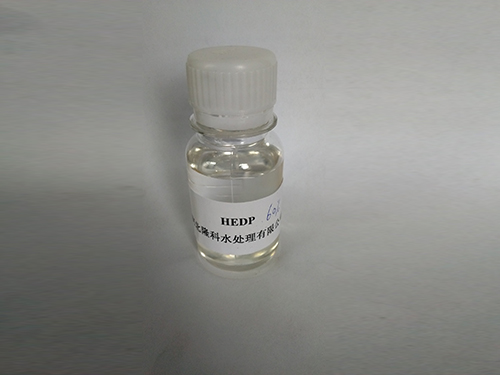Exploring the Applications and Benefits of Cationic Polyacrylamide in Water Treatment Technologies
The Role of Cationic Polyacrylamide in Water Treatment and Industrial Applications
Cationic polyacrylamide (CPAM) is a prominent water-soluble polymer that finds extensive utility across various industries, particularly in water treatment, paper manufacturing, and mining. As a derivative of polyacrylamide, CPAM is characterized by its cationic nature, which means it carries a positive charge. This attribute makes it highly effective in a range of applications, including flocculation, sedimentation, and dewatering processes.
Chemical Structure and Properties
Cationic polyacrylamide is synthesized through the polymerization of acrylamide in the presence of cationic monomers. The resulting polymer possesses chains of acrylamide along with positively charged functional groups, which significantly enhance its interactions with anionic species found in various mediums. This positive charge enables CPAM to neutralize negative charges on particles in a solution, promoting aggregation and facilitating improved settling.
Applications in Water Treatment
In the realm of water treatment, cationic polyacrylamide plays a critical role in purifying wastewater from industrial activities. The polymer is utilized as a flocculant to aid in the removal of suspended solids, colloidal particles, and organic matter from water. When added to wastewater, CPAM binds with negatively charged particles, leading them to clump together and form larger aggregates, or flocs. These flocs can then be easily removed through sedimentation or filtration processes, thereby improving water clarity and quality.
The effectiveness of CPAM in water treatment can be attributed to its ability to enhance the natural coagulation processes. It is often used in conjunction with traditional coagulants like alum, with studies showing that the combination can lead to better removal rates of pollutants. Furthermore, the use of CPAM can reduce the amount of sludge produced during treatment, presenting an economic advantage to treatment facilities.
Benefits in Industrial Applications
Beyond wastewater treatment, cationic polyacrylamide is widely applied in the paper-making industry
. In this context, CPAM serves as a retention aid, whereby it increases the retention of fibers and fillers during the paper manufacturing process. This results in improved product quality and reduced environmental impact due to lesser fiber loss and decreased need for raw materials.cationic polyacrylamide

In the mining sector, CPAM is used in processes such as mineral processing and tailings management. The polymer aids in the separation of minerals from ores, enhancing recovery rates and contributing to efficient resource utilization. Its flocculating characteristics are employed in thickening and dewatering tailings, thereby minimizing environmental hazards.
Environmental and Safety Considerations
While the benefits of cationic polyacrylamide are substantial, it is essential to consider its environmental and safety implications. As with any chemical agent, proper handling is crucial. Generally recognized as safe when used appropriately, CPAM should be handled following recommended safety guidelines to avoid exposure to skin, eyes, and respiratory pathways. Additionally, there is ongoing research regarding the biodegradability and long-term environmental impacts of polyacrylamides, underscoring the importance of responsible usage and disposal.
Future Prospects
The future of cationic polyacrylamide appears promising, given the ongoing challenges related to water scarcity and pollution. The demand for effective water treatment solutions is rising globally, positioning CPAM as a key player in addressing these issues. In addition, advancements in polymer technology and modifications may enhance the performance of CPAM, leading to even more efficient applications.
Moreover, the development of greener alternatives and bio-based polymers could potentially reshape the landscape of polyacrylamides. Researchers are investigating biodegradable variants and environmentally friendly synthesis methods to reduce ecological footprints while maintaining performance efficacy.
Conclusion
Cationic polyacrylamide is a versatile and powerful polymer that plays a vital role in various industrial applications, particularly in water treatment and mineral processing. Its ability to enhance flocculation and sedimentation processes has made it an invaluable tool in promoting cleaner water and resource management. As industries continue to face environmental challenges, CPAM will likely remain at the forefront of sustainable practices, driving innovation while balancing effectiveness and environmental responsibility.
-
lk-319-special-scale-and-corrosion-inhibitor-for-steel-plants-advanced-solutions-for-industrial-water-systemsNewsAug.22,2025
-
flocculant-water-treatment-essential-chemical-solutions-for-purification-processesNewsAug.22,2025
-
isothiazolinones-versatile-microbial-control-agents-for-industrial-and-consumer-applicationsNewsAug.22,2025
-
scale-inhibitor-key-solutions-for-water-system-scale-preventionNewsAug.22,2025
-
organophosphonates-versatile-scale-inhibitors-for-industrial-water-systemsNewsAug.22,2025
-
scale-and-corrosion-inhibitor-essential-chemical-solutions-for-water-system-maintenanceNewsAug.22,2025





